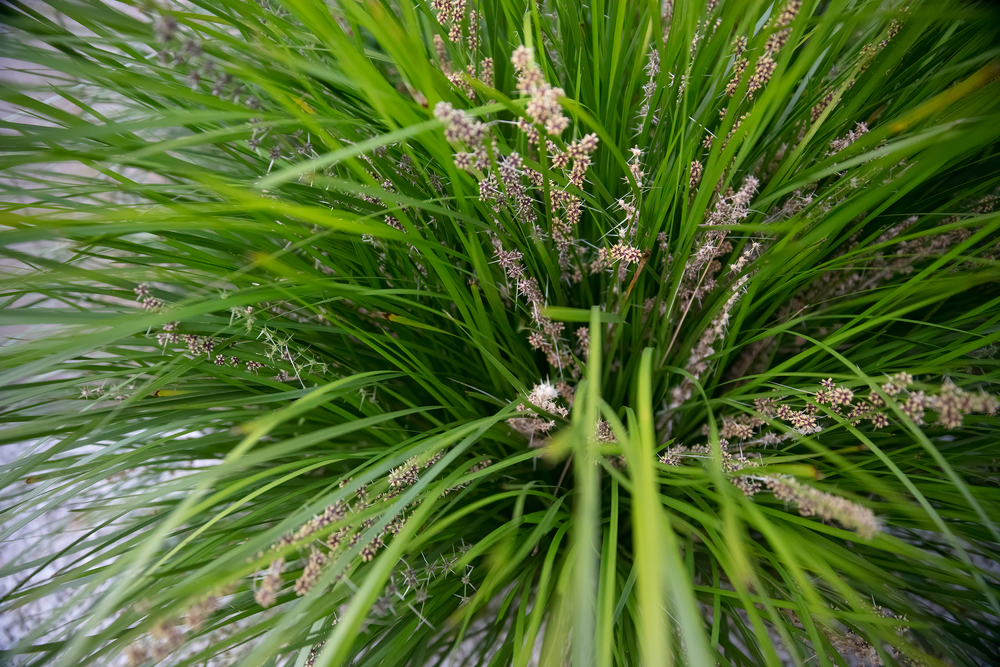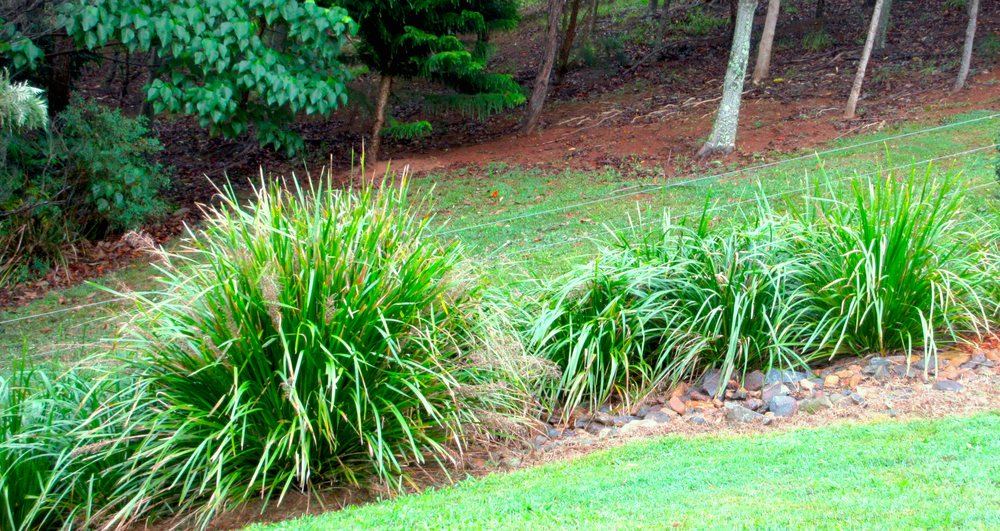Looking for a versatile grass that can handle various soil and climate conditions? Look no further than breeze lomandra!
This tough grass is perfect for gardeners who want to plant something that will thrive with little maintenance.
This article will provide you with all the information you need to know about planting and caring for breeze lomandra grass in your garden!
Breeze Lomandra Grass

Lomandra Breeze is a cultivar of the ornamental grass Lomandra longifolia. It’s a dwarf variety of the plant commonly known as spiny-head mat rush.
Breeze Lomandra grass is a tough, versatile grass that originates from Australia. It can grow in various soil and climate conditions, making it perfect for gardeners who want to plant something that will thrive with little maintenance.
Breeze lomandra grass is evergreen grass, meaning it will stay green year-round. It has yellow flowers bloom in the summertime, and its leaves have a grass-like appearance.
This tough grass is perfect for gardens that experience high traffic, as it can handle being trampled on. It is also salt tolerant, making it a good choice for gardens near the ocean.
Growth And Size
The Breeze Lomandra typically only reaches around 3 feet in height and 3 feet in width at maturity. This slow grower has an upright clumping growth habit with blue-green leaves.
Breeze Lomandra is a perennial with evergreen foliage, meaning it will keep its leaves year-round. It has a grass-like growth habit, with narrow, strap-shaped leaves that can reach a height of 24 to 40 inches.
The leaves tend to spread outwards, creating a dense mat of coverage ideal for use as a groundcover or in areas where erosion control is needed.
Flowers
The Breeze Lomandra is a hardy, evergreen perennial that produces striking yellow flower spikes in summer. The small, creamy flowers are lightly scented with a sweet honey fragrance, and various bees and insects pollinate them.
The plant typically flowers for two to three weeks, after which fruiting occurs. The resulting berries are an essential food source for many native birds and animals. In addition to its ornamental value, the Breeze Lomandra plays a critical role in the ecosystem by providing food and shelter for a wide range of wildlife.
Breeze Lomandra Care
Temperature and Light Needs
Breeze Lomandra is a tough, evergreen perennial that is ideal for use as a low-maintenance groundcover or accent in sunny or partially shaded gardens. It tolerates short periods of freezing weather and is drought resistant, making it a good choice for dry regions.
However, it may not survive in areas with prolonged cold weather. It can handle full sun in warmer climates, but in more excellent areas, it should be grown in partial shade to prevent leaf scorch.
Breeze Lomandra can also be grown in containers and makes an attractive addition to porch or patio plantings.
Watering Needs
Breeze Lomandra is a drought-tolerant plant that can survive on very little water once it is established. Over-watering can harm the plant, so it is best to err on the side of caution when watering Breeze Lomandra.
During its first year of growth, the plant should be watered regularly to help it establish a strong root system. Once established, Breeze Lomandra requires very little supplemental water and can even survive on rainfall alone in some regions.
Soil Needs
Breeze Lomandra is a tough, versatile plant that can grow in various soil types as long as the soil is well-draining. It tolerates sandy, clay, and loamy soils equally well and is not particular about pH levels.
Breeze Lomandra is also tolerant of salt, making it a good choice for gardens near the ocean.
Fertilizing Needs
Breeze Lomandra is a low-maintenance plant that does not require regular fertilization. However, if you want to encourage more vigorous growth, you can apply a balanced fertilizer once or twice a year.
Grooming and Maintenance
Breeze Lomandra is a low-maintenance plant that does not require regular grooming. However, you may need to trim back the leaves if they start to yellow or brown.
In addition, removing any flower spikes that have faded and gone to seed is crucial. This will encourage the plant to produce more flowers.
Pests and Diseases
Breeze Lomandra is a tough, versatile plant resistant to most pests and diseases. However, it can be susceptible to fungal diseases if it is overwatered or grown in poorly drained soil.
To avoid problems, water the plant at the base instead of above and ensure the soil drains well. If you see any signs of disease, such as yellowing leaves or brown spots, remove affected leaves and dispose of them in the trash.
Conclusion
Breeze Lomandra is a versatile perennial grass that is easy to care for and tolerant of many conditions. Its striking yellow flowers and evergreen foliage make it an attractive addition to any garden.

